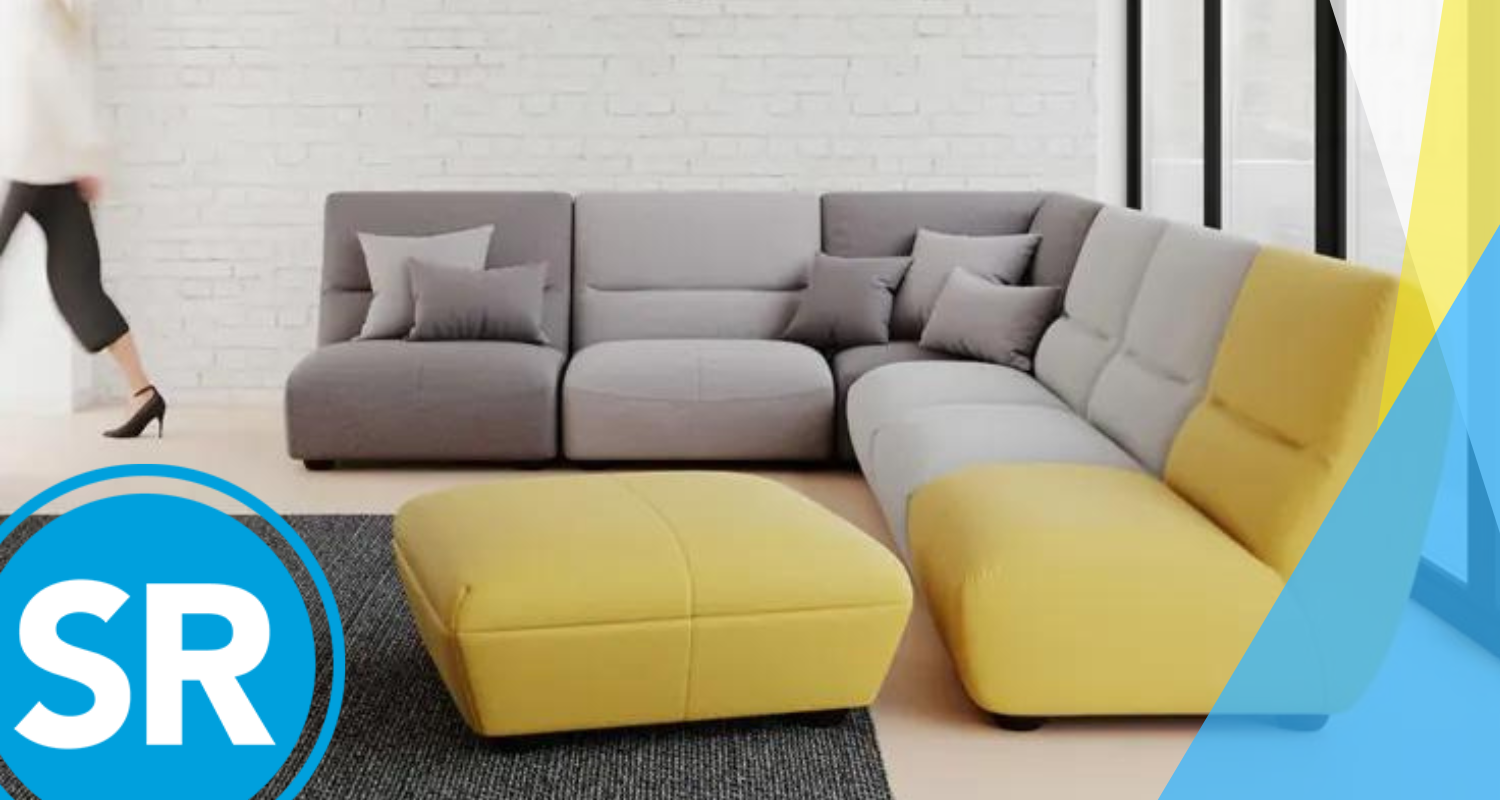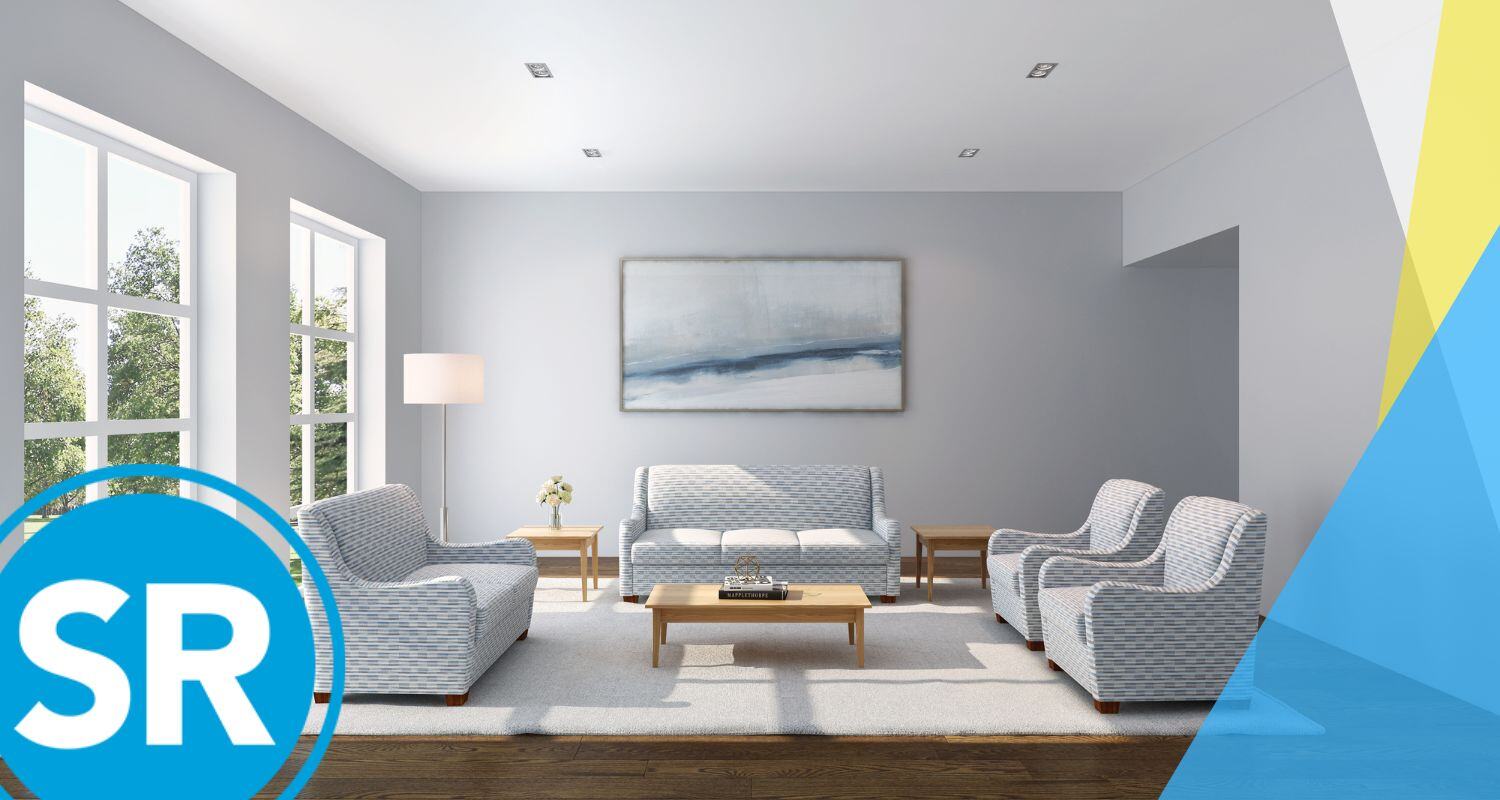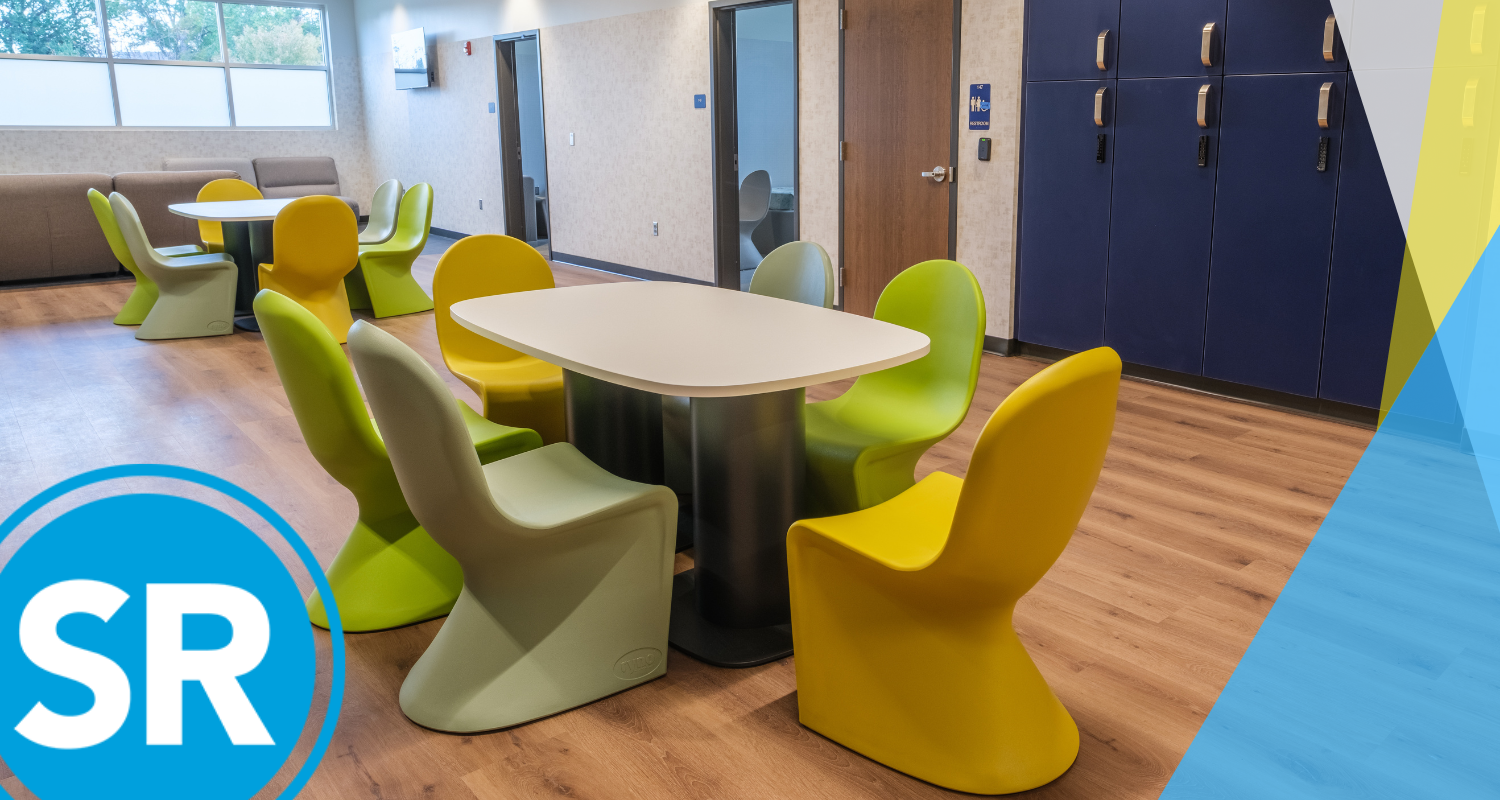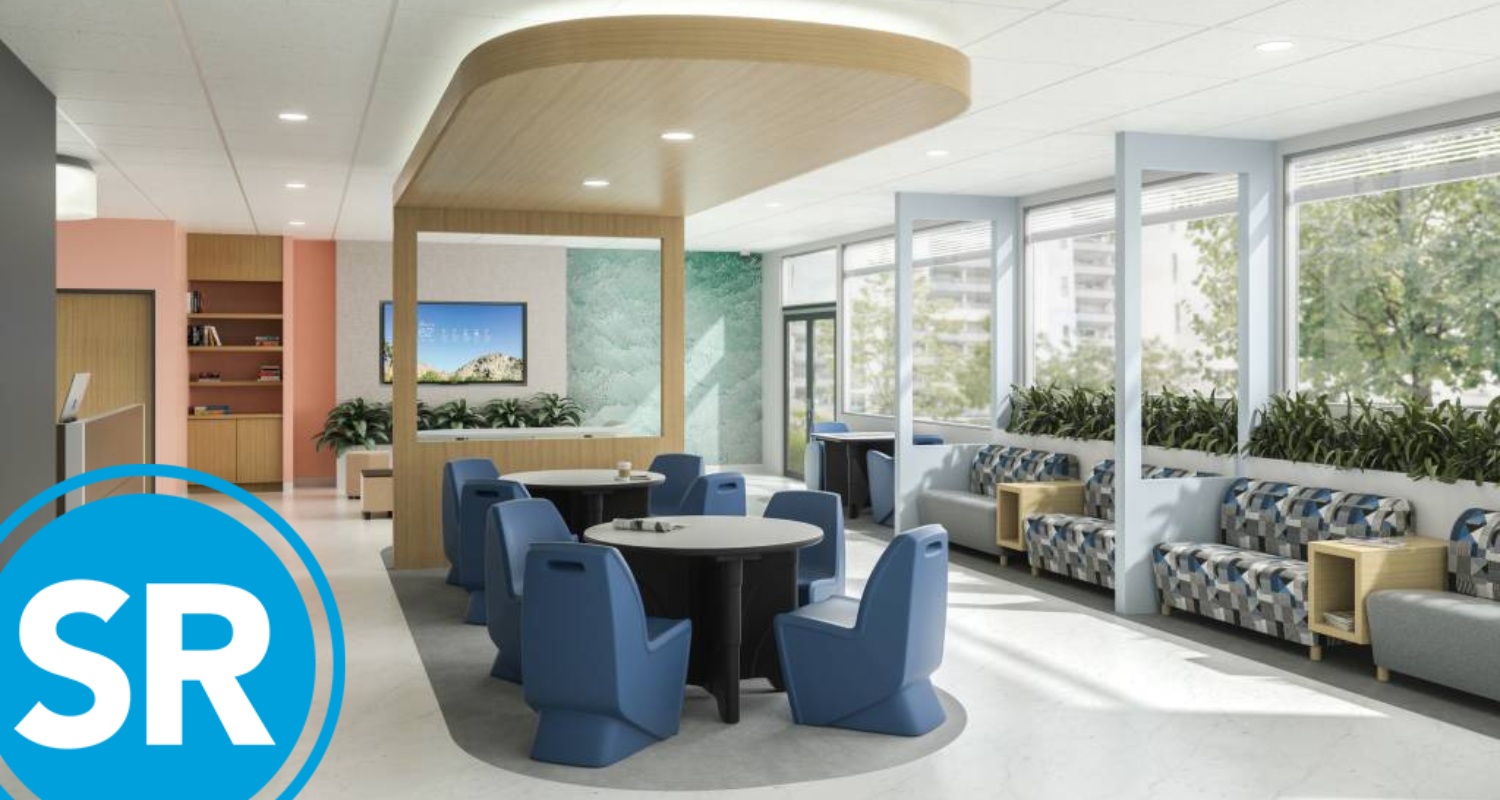5 Trends Shaping the Future of Behavioral Health Design
A revolution is underway in the field of behavioral health, uniting architects, interior designers, administrators and end-users with a common goal...

In a world that’s starting to pay more attention to mental health, 20% of U.S. adults grapple with these challenges each year – a number on the rise since COVID-19. Fortunately, mental health spaces are transforming to offer better support.
Today’s designs focus on making spaces comfortable and empowering, blending aesthetics with recovery. Plus, the market is now better at understanding risk and creating spaces that match what people need.
This means those with milder mental health issues don’t always have to go to hospitals where people with more severe issues are treated. This change comes from a teamwork effort between architects, interior designers and clients. In this blog, we’ve talked to industry experts to explore this shift.

Collaboration is key for successful design, especially in behavioral healthcare. Architects, interior designers and behavioral healthcare clients all play crucial roles in this united effort, each contributing their unique perspectives. By understanding and combining different viewpoints, they create designs that truly meet the needs of the people involved.
Here’s the breakdown of characters:
Let’s look at an example of teamwork making a difference: the recent transformation of the Family Service Guidance Center (FSGC) in Topeka, Kansas. In 2018, Architect One, led by Architect Scott Gales and by Senior Project Manager Jacquelyn Rakoski-Diediker, set out to create a better space for children and families needing behavioral healthcare. The goal was to make a space that is both safe and humane.
Through collaborative discussions with various stakeholders, data was compiled into recommendations, emphasizing the need for a new facility for the growing child population. Faced with the limitations of the original facility, including limited space, inadequate private areas, cramped offices and issues with privacy, the team decided to leverage an opportunity to build anew.

Here’s how Architect One approached the task of making a more humane space:
The result? Extremely positive, especially for the young people under their care.
The kids’ ability to personalize spaces is a big plus. They can change and adjust things to match their likes and needs.
Travis Freed, Director of Crisis and Recovery Services, mentions a noticeable, welcoming atmosphere, unlike typical mental health facilities. The youth often describe it as having “color” and “flavor,” making it a much more inviting place. Ramon Chavez, Crisis Operations Manager, talks about the impact on the staff.
The colors and design choices create a safer and more pleasant work environment. The furniture, designed to be heavy and secure, not only makes things safer but also reduces the need for extensive room searches, making it quicker to get spaces ready for new clients.
This is the power of teamwork in design.

Creating a mental health facility design that focuses on humanization involves a mix of design skills and vision. Success comes from trust and understanding, ensuring designs meet the specific needs of clients. Based on our discussions with industry experts, let’s highlight a few key things we focus on when designing for behavioral health facilities:

Effective mental health care requires personalized approaches, recognizing that each person’s needs vary, whether for substance abuse, schizophrenia, PTSD or beyond. Facilities like forensic psychiatric units understand that furniture can impact care solutions and safety. Preventing concealment of harmful items is crucial.
In children’s facilities, the demand for durable yet malleable materials match their dynamic energy, while adult centers balance safety with preventing contraband risks.
Traditional furniture doesn’t fully address these needs, often being uncomfortable, unsafe or difficult to clean. The evolution towards furniture that combines comfort, security and ease of maintenance is a leap toward supporting recovery and enhancing patient well-being.
What caused this change? Talking about:

Committed to meaningful dialogue and custom solutions, ModuForm’s approach exemplifies how collaboration and innovation can truly humanize design in the real world of mental healthcare. Through continuous discussions since 1976, the company has developed furniture that tackles how facilities are set up, the level of care for patients and important issues like self-harm and hygiene. This has led to significant breakthroughs, including:
The evolution of mental health spaces and furnishings stands as a testament to the transformative power of collaboration and innovation. Join us to redefine behavioral healthcare with compassionate design. Together, we can forge a path towards healing environments that prioritize comfort and safety, dedicated to serving individuals on the journey to recovery with profound humanity and dignity.
Don’t miss our upcoming symposium where experts will share insights on the future of behavioral and mental healthcare environments. Contact us for details and be part of this important conversation, helping shape a future where design heals.

A revolution is underway in the field of behavioral health, uniting architects, interior designers, administrators and end-users with a common goal...

Family Service Guidance Center (FSGC) About The Family Service Guidance Center (FSGC) in Topeka, Kansas provides mental health services to nearly...

The healthcare industry is on the pulse of design transformation. With numerous organizations vying for attention, new hospitals are emerging and...